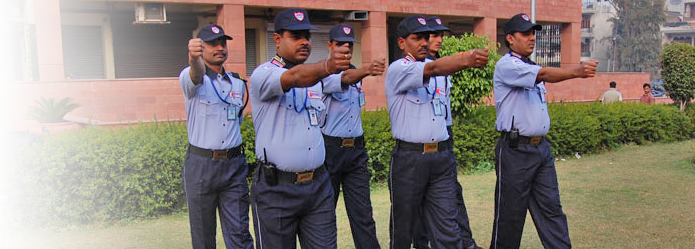Coronavirus: The situation in the USA
According to Johns Hopkins University, as of Wednesday evening, April 9, the coronavirus pandemic has infected more than 1.5 million people worldwide and led to almost 88,000 deaths.
In the United States, 424,945 people have tested positive, which is 28% of the global total.
There were also 14,529 deaths in the United States from COVID-19, almost a third of which were in New York City alone.
According to the general who heads the U.S. Army Corps of Engineers, communities don't have enough time to build new medical facilities for coronavirus patients that local hospitals can't handle.
Lieutenant General Todd Semonite told reporters that, in his opinion, the Corps will complete the launch of new projects in about a week.
He said government leaders "should think through the worst-case scenario and get ahead of it while they have time."
The decision to proceed with elections in Wisconsin amid the pandemic has raised concerns about a possible surge in coronavirus cases in the state.
Voters who did not receive absentee ballots were forced to choose on Tuesday between voting in person or staying at home to avoid possible exposure to coronavirus. Thousands waited in line in Milwaukee, and long waits were reported in Green Bay. Voters and staff at polling stations wore masks and gloves. The volunteers sat behind plexiglass billboards and distributed their ballots to the voters.
"From a public health perspective, this was contrary to all the scientific evidence and advice on how to further contain the pandemic from serious consequences in the state," said Kristen Malecki, an epidemiologist at the University of Wisconsin Medical School.
CHANGING TREATMENT
While health officials around the world are striving to get more ventilators to treat coronavirus patients, some doctors are abandoning the use of breathing apparatus.
The reason: Some hospitals have reported unusually high mortality rates for patients with coronary heart disease from the coronavirus, and some doctors fear that ventilators may harm certain patients.
Developing treatments highlight the fact that doctors are still exploring the best way to deal with the virus, which appeared just a few months ago. They rely on unconfirmed real-time data against the background of a large number of patients and a shortage of basic supplies.
Despite the fact that deaths from coronavirus are rising in Europe and New York, the United States and other countries are beginning to consider a retreat strategy and are thinking about a gradual and carefully calibrated relaxation of restrictions designed to curb the scourge.
At the same time, politicians and health officials warn that the crisis is far from over, despite signs of progress, and a catastrophic second wave of infection could occur if countries relax their quarantine measures too early.
"We are smoothing out the infection curve because we are strictly monitoring social distancing," said New York Governor Andrew Cuomo. "But this is not the time for complacency."
transescort.org/trans/india/bangalore/
